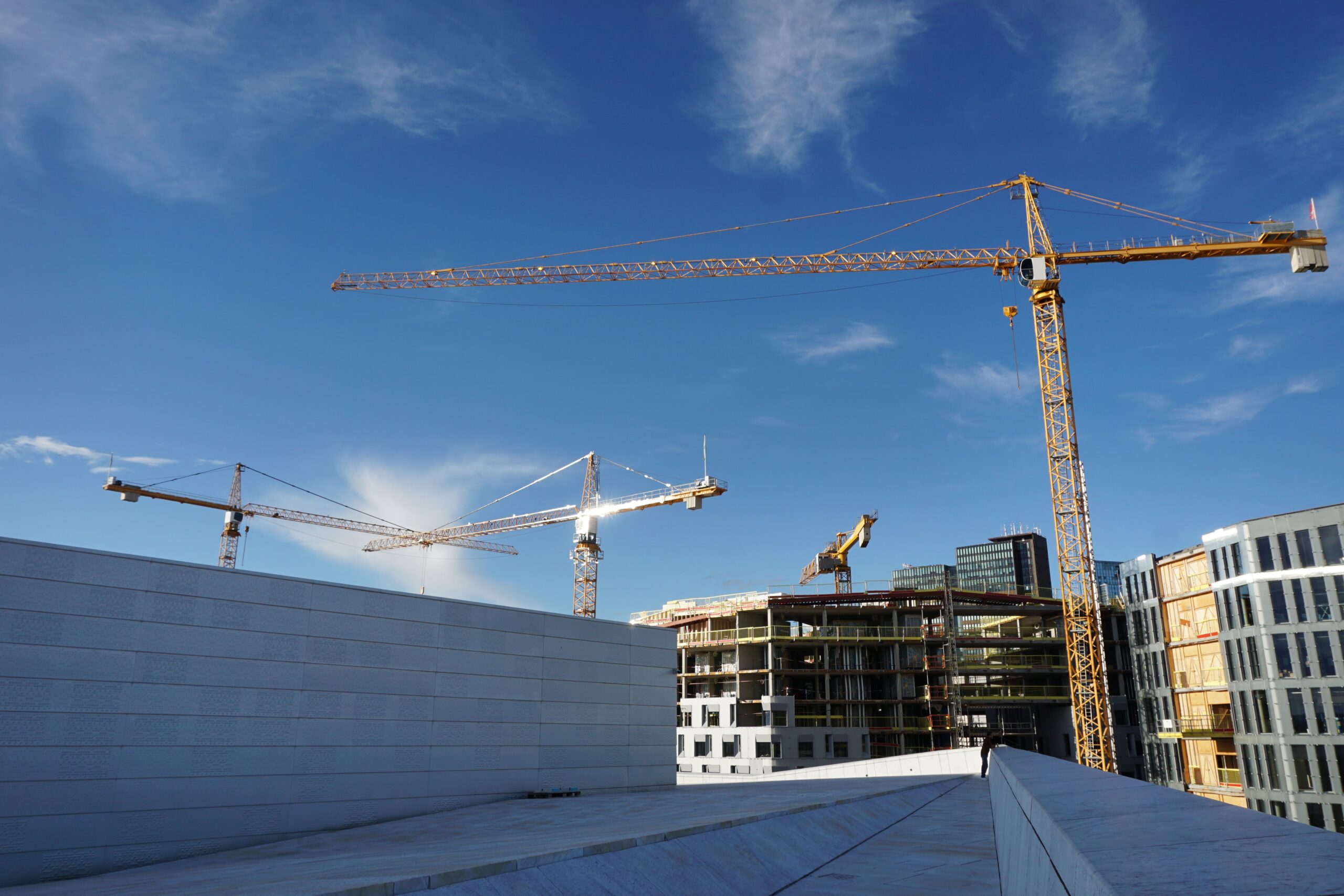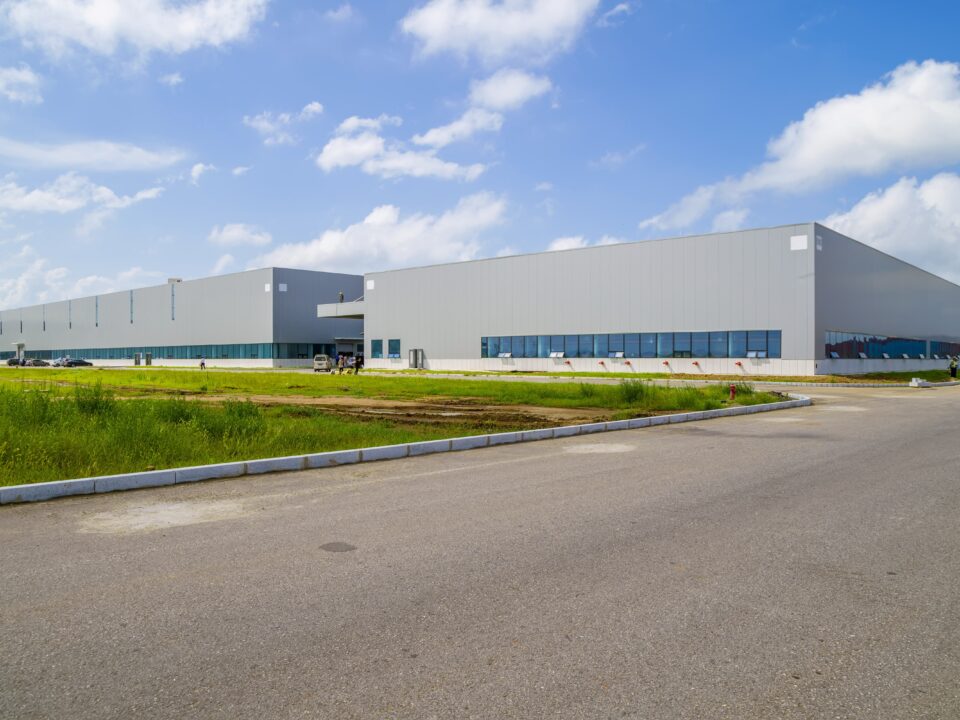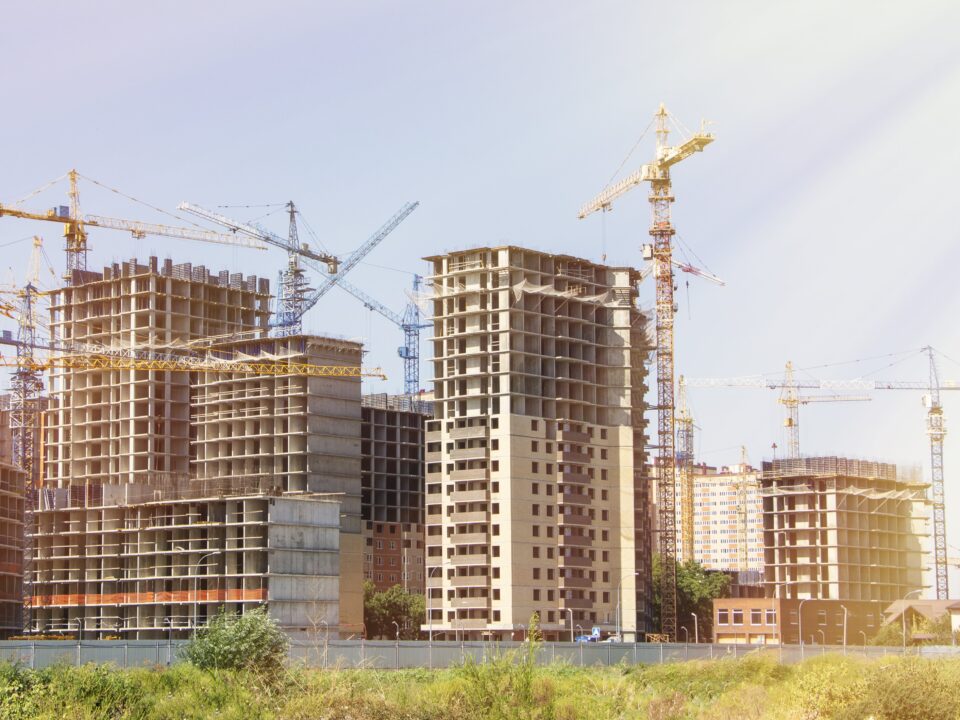A safe affair with Prefabricated Buildings

Light House Projects – Illuminating the Prospects
July 11, 2022
Hybrid Composite Technology Enables Construction to Don a Green Hat!
July 19, 2022It’s no assumption that traditional construction sites pose serious health and safety risks, whereas the inherent advantages of offsite pre-engineered steel buildings in quality-controlled factory environments, ably backed by new age machinery, significantly reduces health & safety risks and offers the added benefit of waste reduction, further resulting in a lower environmental impact. If facts do the talking… then 67% less energy is needed to construct a prefabricated steel building and up to 50% less time is spent onsite in comparison to traditional buildings, resulting in 90% fewer vehicle movements, and significant CO2 emission reductions.

It’s an established fact that the construction industry is one of the most dangerous environments for workers, with the highest number of deaths reported in any industry. If data is to be believed, around 20% – one in every five – of all worker deaths happen in the construction industry. This is a sorry state of affairs and necessitates construction safety to be the number one priority for contractors on all job sites. The research revealed that a majority of worker deaths are the result of the ‘Fatal Four’ – Falls, Being-Struck-by-object, Electrocutions, and Caught-in/between, accounting for around 60% of all onsite accidents. If companies can do away with these fatal four, they would be able to save about 600 lives every year.
In conjunction with this, a research project by Stewart Milne Group for Advanced Industrialized Methods for the Construction of Homes (AIMCH) highlighted that crane-lift panelized building methods deliver 20% less exposure to health and safety risks on site than open panel timber frame construction using a forklift. Modular construction possesses greater potential to lessen the ‘Fatal Four’ of construction sites. How? There are various aspects that can help companies in ensuring a safe work environment. These include…
Less onsite workers: Modular construction takes place away from the construction site, which essentially entails a severe reduction in the amount of foot traffic occurring at the job site. Less workers onsite means less workers who can get injured, killed, or otherwise involved in a safety incident. By minimizing workers on-site, the potential opportunities for something going wrong also get minimized. Besides, the workers who install prefabricated pieces are the most experienced, enabling sites to leverage the expertise of knowledgeable workers while reducing the need for workers with less training in proper safety procedures. As per the studies, decrease in the number of workers at a job site lowers the chances of the number four leading fatal accident, ‘Caught-In or -Between Hazards,’ by about 7% of the overall total.
Less time on site: With less time at the construction site, there is a lower risk of injury at the construction site. By completing the project roughly 30 to 50% faster, construction workers will spend less time in a potentially hazardous situation, ultimately reducing the chance of all potential injuries.
Reduced risk of inattention: With employees’ attention centred on the modular structure, workers can focus on one thing at a time during the installation of the module and not get confused by multi-tasking. These modular structures make the construction process more efficient and significantly lower site disruptions & time.
Safer scheduling: Offsite construction facilitates safer installation practices and better planned installation schedules, greatly reducing the need for rushed work or crowded workspaces. Trade stacking, where multiple trades are working in the same area, can be completely averted, all while ensuring a fast pace of the project.
Process standardization: The modular construction process itself sets up standardized workflows that encourage specialization and a full understanding of duties and surroundings, allowing for far fewer accidents to occur in comparison to a typical construction site. Workers assembling the building are specialized in their specific tasks, which results in far less defects in quality and personal injury. In fact, according to the ‘Safety Management in the Construction Industry SmartMarket Report,’ 73% of modular construction users have a fully inclusive safety program in place in their facilities, in comparison to the 48% of their non-modularized counterparts.
Ease of work: As modular units are delivered to site pre-fitted with all relevant electricals, plumbing, heating, doors and windows and in some cases even fixtures and fittings, the time spent on site is lessened, thereby hastening the overall construction process. All team members understand their work area well and can perform the task with due diligence. There is much less chaos, resulting in a far less chance of being struck by machinery, equipment, or other objects.
Minimize heights and risky site elements: The modular construction process doesn’t involve climbing to heights to build each module as the typical height of or prefabricated modular is from 8 to 10 feet tall. With offsite construction, permanent scaffolding is utilized, which is safer and has far lower chances of error than the frequently assembled and reassembled scaffolding used on traditional sites.
Reduced risk of weather-related injuries: The controlled environment of an indoor manufacturing setup keeps the weather hazards, that are always a big deterrent in a traditional construction environment, at bay. With processes taking place indoors, contractors can complete the project on time as there are no rain delays or slippery surfaces. The probability of slips, trips and falls is minimal inside indoor environments.
ENVIRONMENTAL SAFETY
Modular construction helps pre-engineered building manufacturers to move towards greener, safer building methods by deploying techniques that use materials more efficiently and accurately. Steelion is a design-build company whose projects are among the most sustainable builds offered by the modular construction industry. The efficient use of resources not only leads to reduced operational costs, but also a significant reduction in energy consumption. This has obvious benefits for environmental and public health, with an average of 67% less energy being required in comparison to other building methods.
Sources: Chubb, Autodesk



